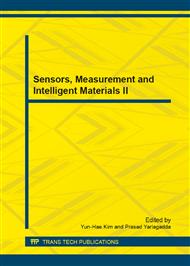p.1270
p.1275
p.1280
p.1284
p.1289
p.1294
p.1299
p.1303
p.1307
Research on the Demulsifier and Decalcifying Agent for Crude Oils in Electric Desalting Process
Abstract:
Development of new and efficient demulsifier and decalcifying agent of crude oil has important significance for improving the processing properties of heavy crude oil and increase the yield of light oil. High salt and water contents of crude oil after electric desalting is easy to cause the rapid expansion of volume of water after vaporization, the gas load of distillation tower increases, interfering the smooth operation of distillation tower, A slight impact will influence the quality of products separation, serious implication form the accident of punching Tower caused by the "bumping" of water; increase energy consumption and corrosion of equipment, influence twice processing quality of raw material. In addition, in processing high acid and high calcium crude oil, the presence of naphthenic acid calcium is easy to make the chaos of electrical desaltinger operation. Metal calcium may reduce the activity of catalyst of catalytic cracking and hydrocracking, increases petroleum coke ash in delayed coking, reduces the ductility of oil asphalt, aggravates the corrosion of refinery equipment, influences the safety of production. This requires to optimize the distillation technology of desalting equipment, to develop the evaluation and selection of demulsifier and decalcifying agent and reduce the moisture and salt content of desalted crude oil.
Info:
Periodical:
Pages:
1289-1293
Citation:
Online since:
December 2013
Authors:
Price:
Сopyright:
© 2014 Trans Tech Publications Ltd. All Rights Reserved
Share:
Citation:


